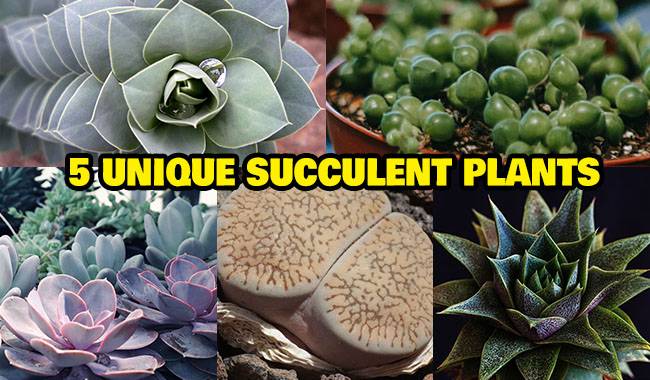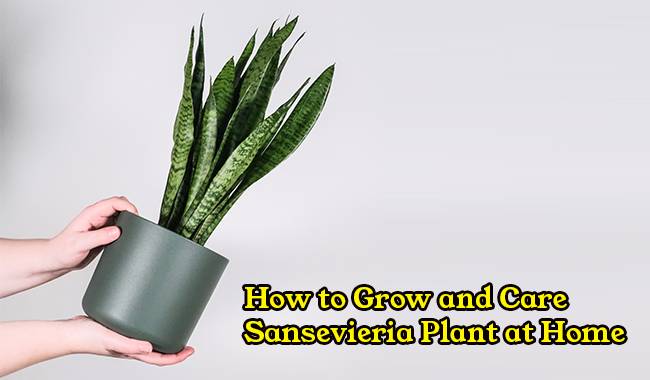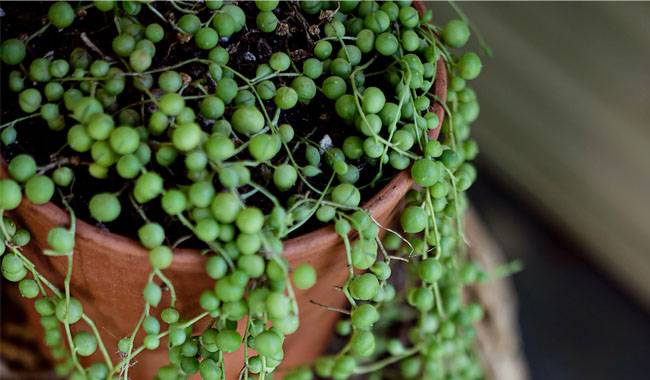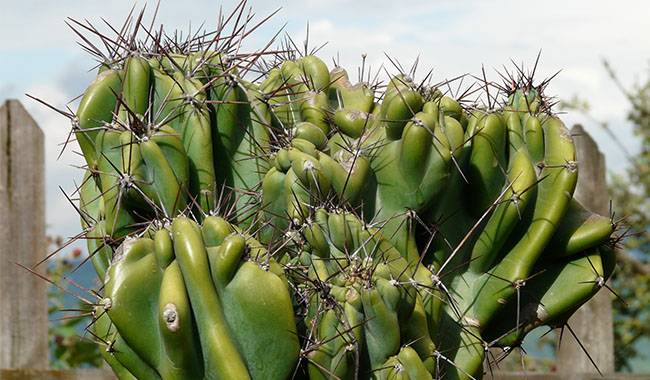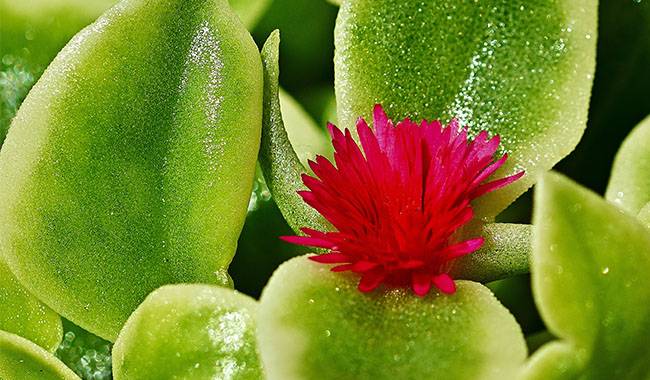
The evergreen shrub Aptenia is a perennial succulent plant. It is considered to be part of the Asteraceae or Iridaceae family. It is native to South Africa. Under natural conditions, the vine-like stems can be over ten feet long. If the shoots of Aptenia are not pruned and shaped, they can reach 60 inches (1.5 m) in length.
The fleshy, medium-sized, creeping shoots are adorned with numerous small, juicy, heart-shaped leaves. The leaves are dark green. This shrub blooms in spring and can last for several months. It most often blooms in the spring until the last weeks of summer. The single small flowers, up to 20 mm in diameter, form at the top of the stem, and each has a pink or deep red color.
A BRIEF DESCRIPTION OF THE CULTIVATION OF APTENIA
- Temperature: During the growing season, around 71 °F (22°C). In winter, the temperature of the room should not exceed 59 °F (15°C), and the most suitable temperature is between 53-57 °F (12-14°C).
- Humidity of the air: Both low and normal humidity is suitable for this succulent plant. Dry air is not harmful to it.
- Light exposure: The plant needs bright sunlight, but it is best to shade the bush from the scorching midday light.
- Watering: In spring and summer, it should be watered moderately twice a month, in autumn – once a month, and during the rest period – once every 2-3 months (be careful that the leaves do not lose their tension).
- Soil mixture: you can buy ready-made potting soil in specialized stores, perfect for cacti and succulents. You can also make your own from sand and leaf soil.
- Fertilizer: Fertilize your plants 2 times a year, in July and April. Use fertilizer for succulents.
- Repotting: Do this regularly every two years. It is best to do this work in spring.
- Propagation: by cutting or by seed.
- Care characteristics: The shrub needs optimal light and mandatory resting time to maintain its spectacular appearance in indoor conditions. In addition, to increase the density of the plant and prevent the stems from being stretched, you should perform formative pruning when necessary.
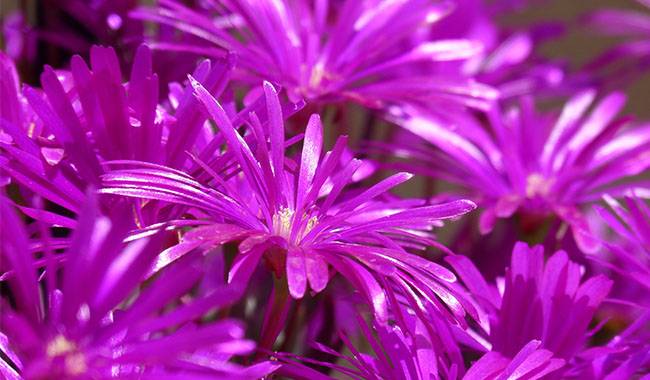
CARING FOR APTENIA AT HOME
Temperature
In summer, the optimal temperature for Aptenia is between 68-77 °F (20-25°C). If needed, the shrub can be moved outdoors. In the winter, the plant should be placed in a well-lit and cool place 50-59 °F (10-15 °C).
The heat from radiators can harm it. Therefore, you should plant Aptenias further away from them.
Air humidity
This indoor plant is very drought tolerant. Therefore, there is no need to moisten it with a sprayer. aptenia does well even in very dry air and is, therefore, an ideal choice for urban apartments. On the other hand, high air humidity can make the shrub sick or cause other problems. Don’t forget this when choosing a suitable location for your flowers.
Light
The Aptenia indoors needs a lot of bright sunlight. It also requires high quality and duration of light. In summer, the shrub can be moved to fresh air, but do not forget to shade it from the hot midday sun. It is recommended to have an east or south-facing window sill in the room for this shrub.
Watering
This succulent plant should be watered very carefully. In fact, excessive or frequent watering and standing water in the substrate can harm it. During the growing season, watering should be moderate, once every 1.5 to 2 weeks. Wait for the top to dry before moistening the potting soil.
In November and February, water about once a month. During the quiescent period, shrubs are barely watered. Water the substrate only occasionally to prevent the foliage from losing moisture due to lack of water and do not allow it to curl.
Selection of pots
Any pot is suitable for this shrub. The main thing is that its root system should not be too spacious. Since the plant is most often cultivated in amoebic form, it is best to use low and wide containers for planting, and they must have drainage holes in the bottom.
Soil
You can buy a ready-made mix of substrate for cacti and succulents. You can make your own by combining sand and potting soil in a 1:1 ratio. You can add a little lime to the potting soil to control the acidity.
Fertilization
This plant requires a fairly low-quality substrate. Therefore, fertilize only when really needed. Usually about 2 or 3 times a year (not more often).
Aptenia transplanting
Transplant the shrub to a new pot only when its root system has become too narrow in the old pot. The spring months are best for this.
To prevent the substrate from becoming dead, make a good drainage layer at the bottom of the pot. Gently transplant the plants using the transfer method.
Pruning
Systematic formative pruning is essential for room Aptenias. Prune in the fall or shortly before the start of the growing season. When choosing the time to prune, be aware that shrubs pruned at the end of the dormant season will flower later than those pruned in late autumn.
The plugs leftover after pruning can easily produce roots. Therefore, if you wish, you can grow a young shrub from these to replace the loss of its spectacular parent plant.
Aptenia flowering
Aptenia potted plants start flowering in spring or summer. The single small flowers form on the upper part of the lateral branches. They have reddish pink, needle-like petals, and some varieties may be white.
They open only at noon, when the weather should be sunny. They soon fade and are replaced by fruits containing seeds.
Aptenia dormancy
The resting period begins in the last weeks of autumn and ends at the end of winter. Place the aptenia in a light, cool place-temperatures not exceeding 59 °F (15 °C). In winter, water sparingly and sparingly (about once a month) so that the shrubs do not die from root drying.
APTENIA PROPAGATION METHODS
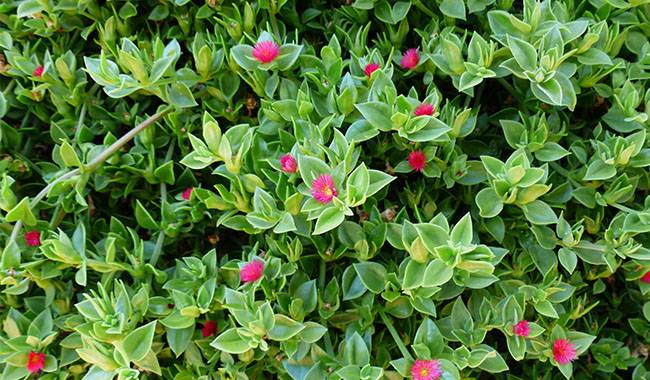
Aptenia can be propagated by cuttings and seeds.
Growing Aptenia from seed
Sow seeds in spring. Fill a shallow pot with light soil or sand and distribute the seeds on its surface without burying them. The first shoots will appear relatively quickly. Then move the container containing them to a well-lit place where the constant temperature is about 70 °F (21 °C).
Water the seedlings carefully so that water does not accumulate in the soil and cause the shoots to rot. after 4 weeks, the plants should be transferred to separate small pots. They are then cared for in the same way as adult shrubs.
Aptenia cuttings
Aptenia is most easily propagated by root-tip cuttings, a method that produces quick results. The stems are cut from the apex and used for this purpose. Any soil, water, or sand rich in nutrients and vermiculite can be used to root the cuttings. After cutting, place the cuttings in a dry and dark place for a few hours. During this time, they will have time to dry out.
It is not necessary to prepare the potting soil in any special way before planting the plugs. The soil should be sprinkled with water, and once the water has been absorbed, the plugs should be planted. If you root in a cup of water, it should be mixed with a small amount of activated charcoal. This will sterilize the water, and this will prevent the shoots from rotting.
When the shoots have formed some strong roots, transfer them to a small pot, which should be about 50 mm wide. Then care for them in the same way as for adult shrubs. If a young Aptenia is given optimal growing conditions, it will bloom only a few weeks after rooting.
Once the flowers have wilted, no effort is needed to replace them with young plants. The seed material takes two to three months to mature. Once the capsule fruit turns yellow and wilts, you can extract the seeds from it and plant them.
FREQUENTLY ASKED QUESTIONS ABOUT GROWING APTENIA
Succulents like Aptenia are very resistant to diseases and pests. However, if the shrub is not properly cared for or provided with unsuitable growing conditions, it can cause problems such as
- Lack of flowering. During the dormant period, the plant does not get the best conditions. For example, the temperature in the room is too high, and this problem may also occur due to a lack of light. The shrub should then be moved to a brighter place.
- Defoliation. Incorrect irrigation: either the plant has stagnated, or the root ball has dried out. Watering needs to be corrected to stop the leaves from flying off.
- Rot: This can be caused by watering too often. The over-application of nitrogen fertilizer can cause this. Over-watering too often or too much can also be the culprit. Remove the shrub from the pot and cut off any damaged parts. Then plant it in new potting soil. Rotate the plant to a more appropriate watering regime and feed it only when absolutely necessary.
- The lower leaf flakes are falling off. The shrub is likely in need of rejuvenating pruning and should be pruned as soon as possible. Or it has spent the winter in a place that is too warm. In this case, it will take a while to adjust to the change of seasons. All you can do is wait.
- Thin and very large leaf plates. This may be due to over-fertilization or the wrong type of potting soil (too rich in nutrients). Repotting in the right potting soil can help. This could also be due to too little light. Simply move to a brighter location.
- Pests. At home, pests hardly live on this shrub. Taken outdoors in the summer, mealybugs and aphids will settle in. These can be treated with appropriate insecticides.
More Related Information About Planting & Growing Succulent Plants




